The AMC Pacer is a two-door compact automobile produced in the United States by the American Motors Corporation between 1975 and 1980. Its initial design idea was started in 1971. The car's unusual rounded shape with massive glass area greatly contrasted with the three-box architecture with "square, boxy designs" incorporating upright grilles and slab-sides of the era. The Pacer was described as "the seventies answer to George Jetson's mode of transportation" at a time when "Detroit was still rolling out boat-sized gas guzzlers." The large amount of glass led Car & Driver to dub it "The Flying Fishbowl". The Pacer's "jellybean" body style is a readily recognized icon of the 1970s.
For more information and pictures of the real car please visit: AMC Pacer
The Packin' Pacer, a typical Hot Wheels model of the late 1970s. Someone at Hot Wheels was fascinated with AMC vehicles. That's the only way to explain three Gremlins, an AMX, the AMX/2 concept car, and a hot rodded Pacer in a span of ten years when during this same time no other manufacturer did more than one AMC (not including Jeeps), and most did none. This is an outwardly stock AMC Pacer wagon (one of only two Pacer wagons available in small scale- and the other, by Universal, is a slightly larger copy of this car, sans big block in the hatch), and the casting does feature a larger passenger door- just like the real car. Later issues of this casting identified the motor in tha back as a 427- AMC's largest engine was a 401, so is this a Chevrolet or Ford motor? The world may never know!
Introduced in showrooms on February 28, 1975, the Pacer was designed to attract buyers of traditional large cars to a smaller package during a time when gasoline prices were projected to rise dramatically. In its first year of production, the Pacer sold well, with 145,528 units. There was little competition from other American manufacturers, most of whom had been blindsided by the oil crisis. The increased demand for compact, economy vehicles was growing rapidly. However, Pacer sales fell after the first two years, and it was available through the 1980 model year. Similar to its mid-year introduction, on December 3, 1979, production of the Pacer ended at the Kenosha, Wisconsin assembly plant where it had begun five years earlier. A total of 280,000 cars were built. Increasing competition from the Big Three U.S. automakers and the rapid consumer shift to imported cars during the late 1970s are cited as the reasons for this outcome.
The Pacer's unconventional styling was commonly cited in its lack of success. Other concerns included a lack of cargo space when carrying a full load of passengers (because of its short wheelbase). Cargo space could be increased to 29.5 cubic feet (0.84 m3) by folding down the back of the rear seat to form a flat floor. Drivers also cited a lack of power. The Pacer was heavy; Car & Driver wrote, "American Motors had already quoted a curb weight of 2990 lb. for the basic Pacer when we first wrote about the car, and that already seemed quite heavy; but when we weighed the test car (whose air conditioning, automatic transmission, power steering and so forth would not account for the full difference) it registered an astounding 3425 lb.", and the standard 232 cu in (3.8 L) I6, with a single-barrel carburetor and optimized for low emissions (all vehicles at the time carried emissions-reducing devices); was relatively low-powered ("The Pacer comes with either of two AMC inline six-cylinder engines, both producing 100 bhp, but the larger 258-cu-in. unit delivering better mid-range torque"). In 1976, a "High Output" version of the 258 cu in (4.2 L) engine was offered, which helped performance at the cost of higher fuel consumption. By the time a 304 cu in (5.0 L) V8 was offered in 1978, the company had introduced a successful line of "luxury-compact" models (the AMC Concord). Additionally, gasoline prices remained high, limiting demand for V8-powered vehicles.
For increased cargo capacity, a station wagon body style was offered from 1977. The wagon version was only five inches longer (127 mm) and weighed only 76 pounds (34 kg) more than the coupe. It was also a less unusual-looking design with a squared-off back and straight, almost upright, rear side windows. Although front vent windows were optional on all Pacers, the wagon's rear side glass featured vent windows as standard. The broad and rear liftgate opened to a wide, flat cargo area with 47.8 cubic feet (1.35 m3) of space, significantly easing the task of loading cargo. The rear seat also folded flat to form a continuation of the cargo floor. Some wagon models featured simulated wood-grain trim on the lower body sides and the liftgate.

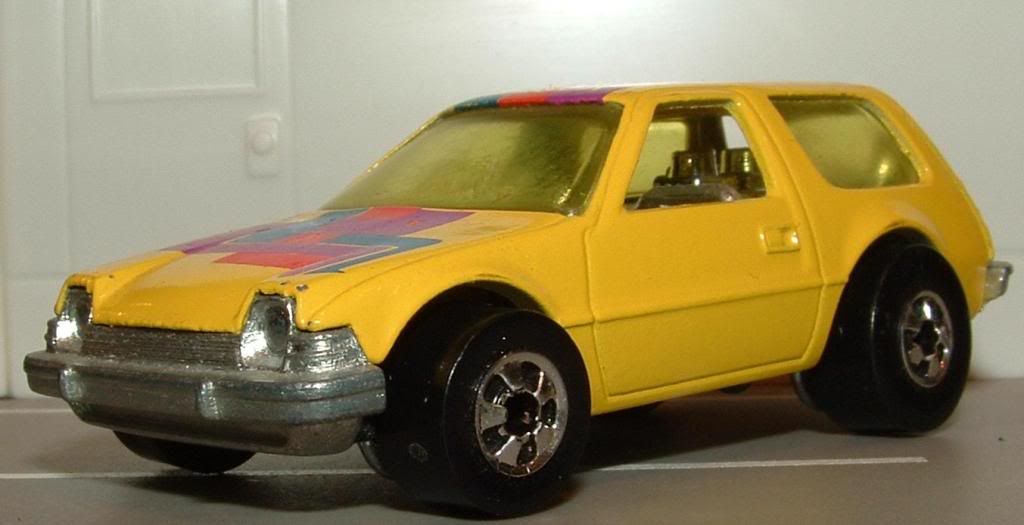
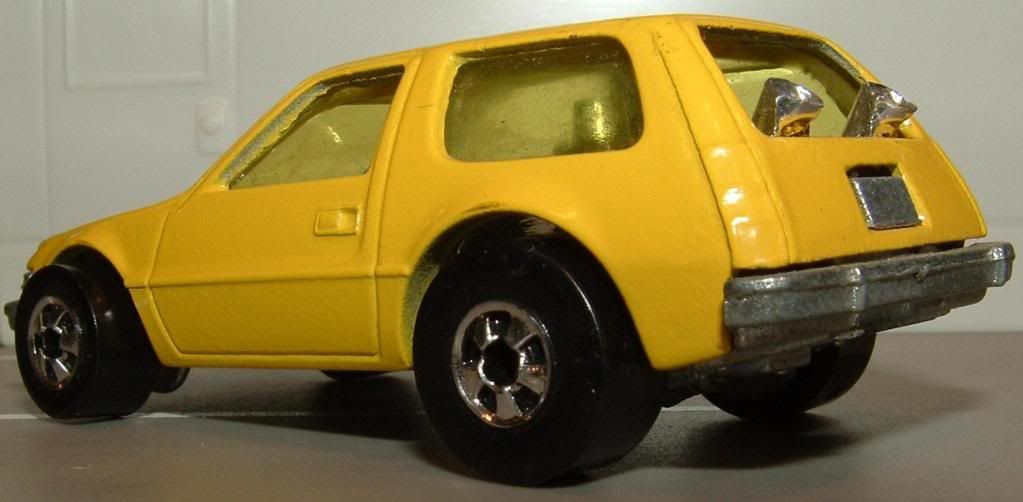
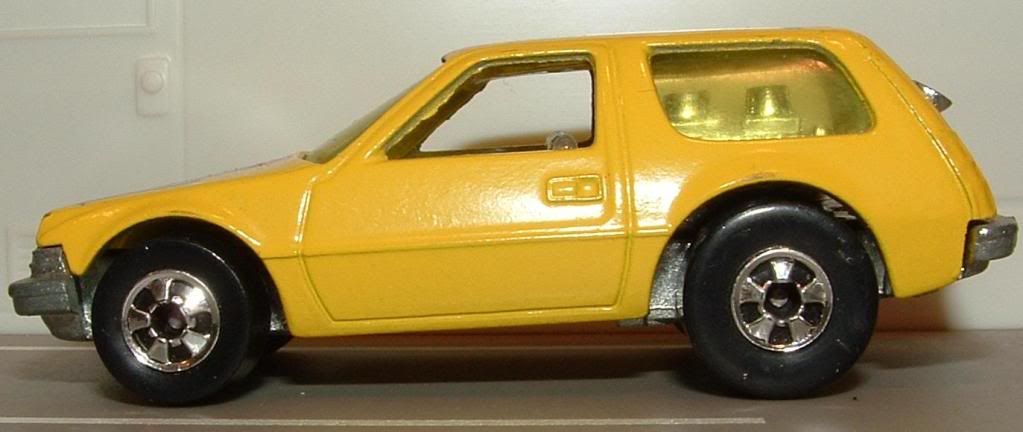
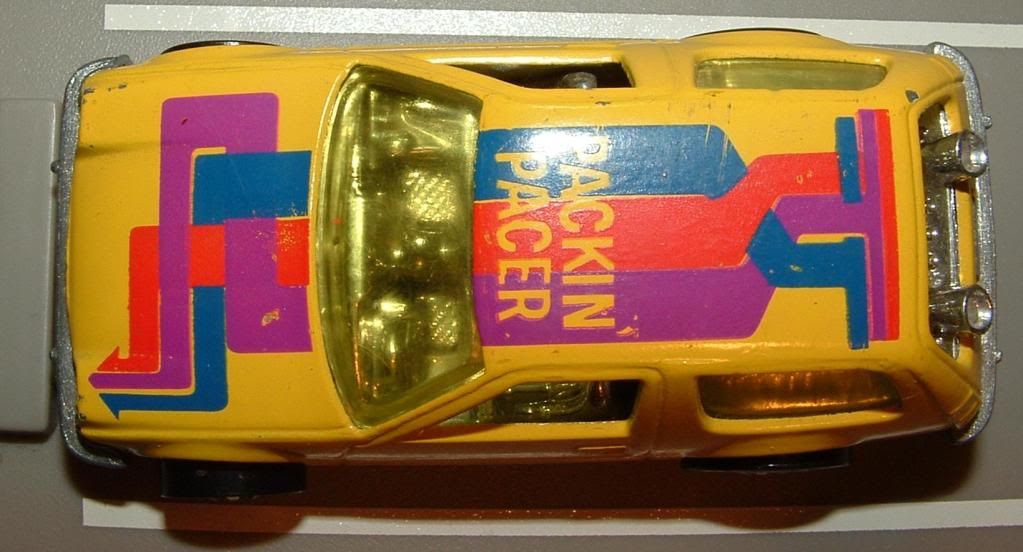
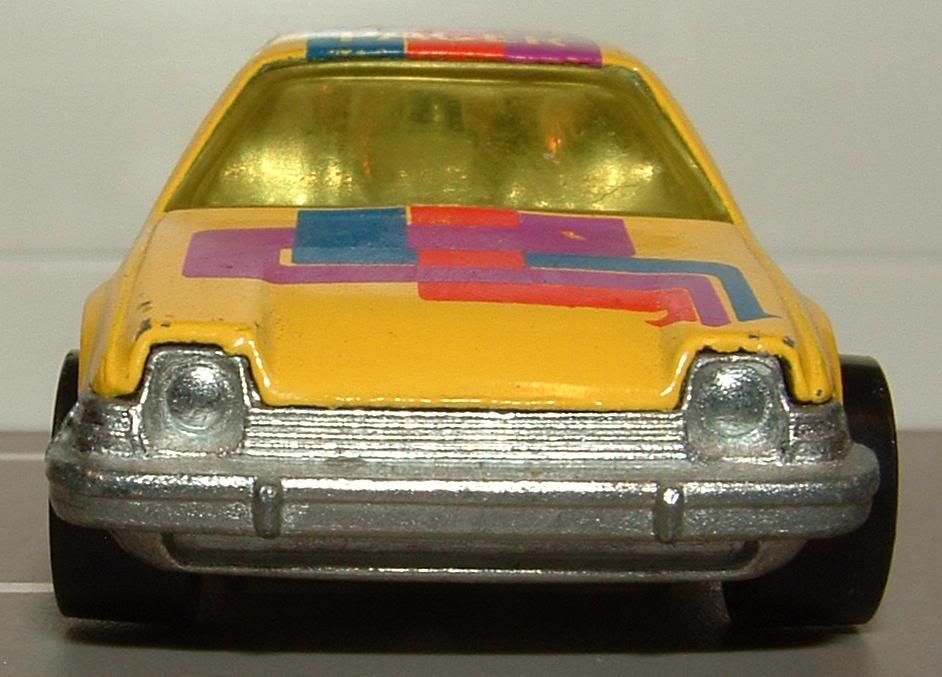

No comments:
Post a Comment